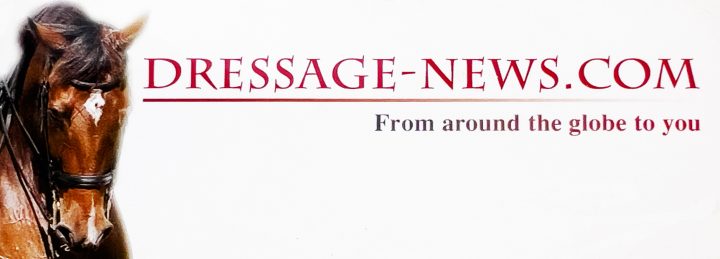Equestrian Venues Proposed for 2024 (Maybe 2028, Too) Olympic Games–Versailles
8 years ago StraightArrow Comments Off on Equestrian Venues Proposed for 2024 (Maybe 2028, Too) Olympic Games–Versailles
June 13, 2017
The decision by the International Olympic Committee to award both the 2024 and 2028 Games in September has led to both final candidate cities of Los Angeles and Paris to include equestrian venues in their proposals, raising the possibility that horse sports will remain in the Olympics until at least 2028.
The IOC confirmed last weeks that equestrian events of of dressage, eventing and jumping will be on the schedule for 2024, 112 years since first appearing at the Games, but has not yet decided the sports lineup for 2028.
Paris is widely reported to have the momentum to be awarded the Games for 2024 following Tokyo in 2020.
Los Angeles has not closed the door to 2028 if it misses out on its preferred choice of 2024.
The two venues represent different worlds.
The splendid Palace of Versailles was built more than three centuries ago, an attraction that could be bigger than “beach” volleyball beside the Eiffel Tower?
Versailles is a wealthy suburb of Paris and 12 miles/20km from the center of the City of Light.
It became the seat of political power when Louis XIV moved the royal court from Paris in 1682 until the family was forced to return to the capital in 1789.
International Equestrian Federation President Ingmar De Vos, after an inspection of the venue, described Versailles as “an iconic venue” with the chateau as a truly spectacular backdrop.”
Versailles is on almost 2,000 acres/800 ha. with a royal residence, a museum of the history of France and a national palace situated in a Baroque garden of groves and fountains. It became a UNESCO world heritage site in 1979.
More than 10 million people visit Versailles each year to view the collections of more than 60,000 works including paintings, furniture, ancient books, drawings, sculptures, prints, objets d’art and coaches.
Horses have been central to Versailles from the beginning with construction of royal stables in two sections–the King’s Great and Small stables.
Almost 1,000 men worked there in every conceivable occupation such as coachmen, masters of hounds, footmen, stablemen, blacksmiths, musicians and horse surgeons for hundred of horses from all over the world, acquired by breed and coat color. Spanish, Arabian and Persian horses were used for parades and carousels, English horses for hunting, while coach horses came from Poland, Denmark or Prussia.
The national equestrian Academy of Versailles was created within the stables in 2003 as a unique “corps de ballet.”

Next: Los Angeles




